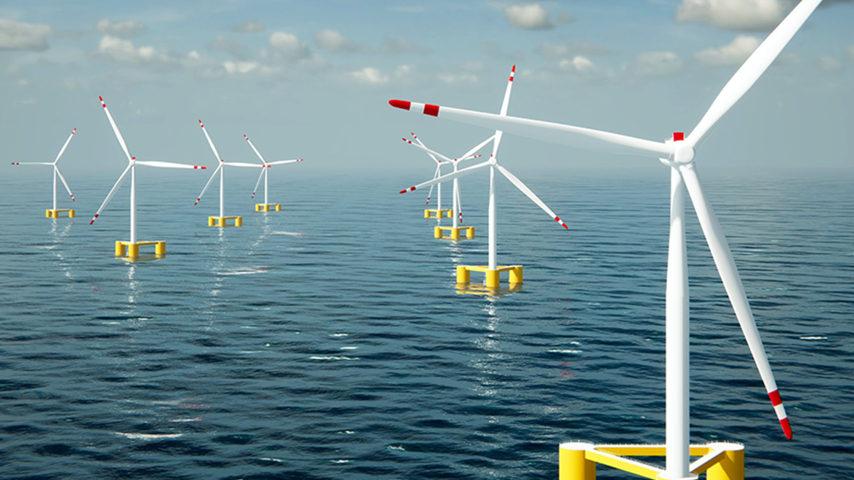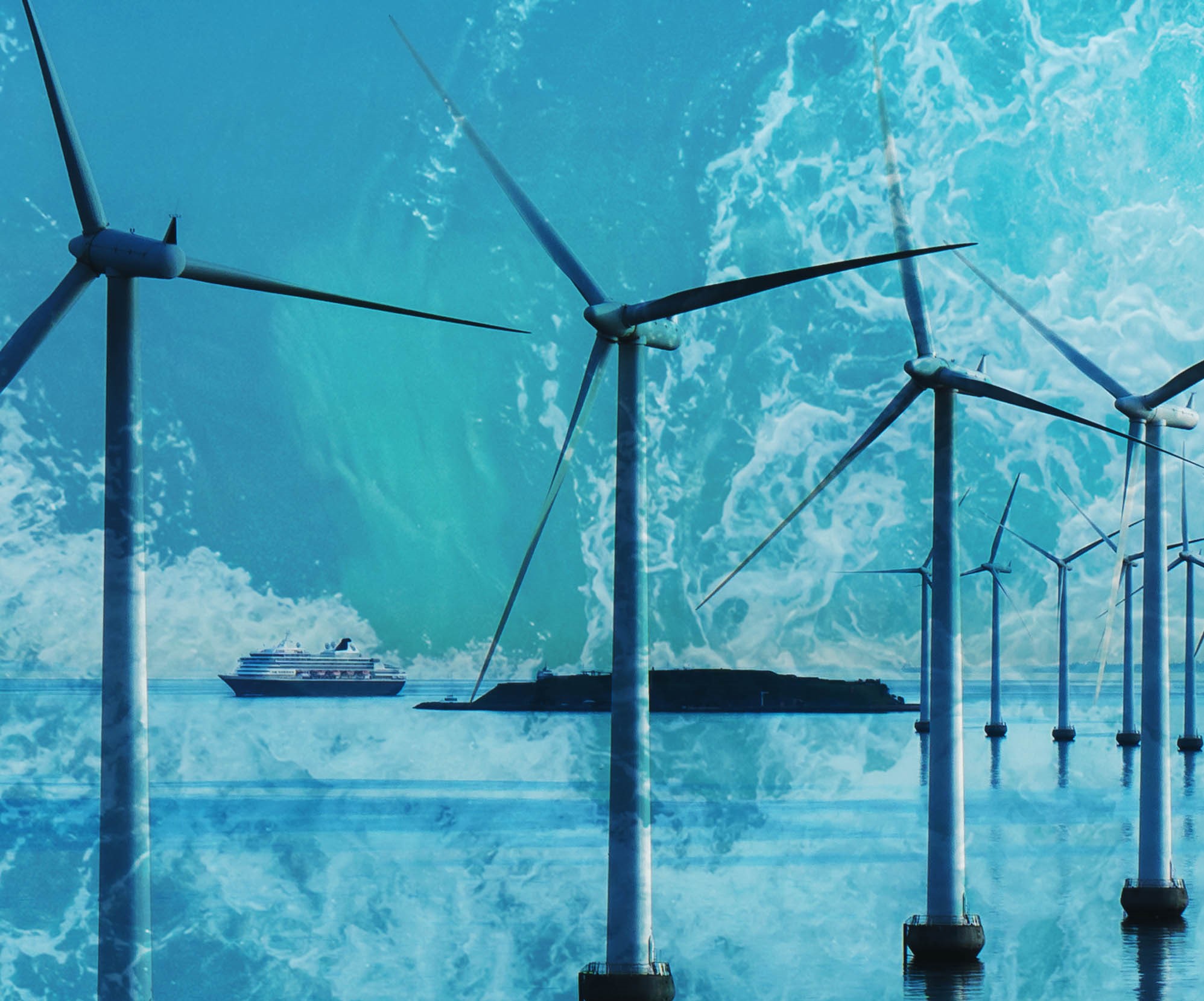Documenting the Worth of Wind Power
Documenting the Worth of Wind Power


Italian researchers performed a cradle-to-grave lifetime assessment of floating wind farms to see if they are more sustainable than fossil-fueled plants.
Energy derived from the wind might sound like the basis for a utopia of sustainable and free electricity, but, of course, building a modern wind turbine comes with some energy and environmental costs that are neither eco-friendly nor free. Put one or more of those turbines on an offshore floating platform and the environmental impact—and the amount of energy it takes to harvest wind energy—goes up dramatically (though it will out-perform its land-based brethren).
But do costs go up so much as to make it not worth it? The answer to that question is essential for any government or utility considering an offshore wind farm. Italy, for one, is planning a wind farm of 190 turbines that will sit in the Mediterranean Sea off the coast of Sicily and provide some 2.8 GW of electricity to those on land. Research Fellow Gaia Brussa and professors Mario Grosso and Lucia Rigamonti, all at the Polytechnic University of Milan’s Department of Civil and Environmental Engineering, hoped to figure out how the project would compare to other sources of energy.
“It is renewable energy, so in principle should be better than fossil fuel-based energy,” said Brussa. “But since this would be a huge project with a lot of wind turbines on floating platforms, we wanted to get an idea of how sustainable they would be.”
Become a Member: How to Join ASME
So Brussa and her colleagues set out to make a cradle-to-grave life cycle assessment of offshore floating wind turbines. That meant gathering data about every stage in a turbine’s life, including the supply of raw materials, the manufacturing and transport of components, the assembly and installation offshore, the operation and maintenance, and the eventual dismantling and disposal. To do that they began gathering data from publicly available documents, published literature, and the environmental product declarations made by companies seeking certification for various elements of a wind turbine.
“It turns out that the technology for floating platforms is still in its infancy. They still have not a very clear idea on which is the best type of floating system,” said Grosso. “So, in some cases, we couldn’t find very reliable data and had to make some guesses.”

Dive Deep into Offshore Wind Innovation
But however superior its environmental impact compared to, say, a coal-fired power plant, there is one obvious area where an offshore wind farm could improve. “Steel was found to be the greatest contributor because of the quantity that you are employing both for the floating platform and the wind turbine tower,” said Brussa. Cutting down the amount of steel used in the platform, such as switching to tension-leg platforms, would significantly reduce the environmental impact of such farms.
More for You: Offshore Platform Promises Less Tilt
There’s not much that can be done about the huge amount of copper used in the cables, however, other than making them as short as possible. In the case of the Italian wind farm project, this turned out to be possible. The electricity was first destined for the Campania region, but now that much closer Sicily has updated its power grid it will be possible to shorten the cables.
Brussa, Grosso, and their colleagues recently performed another assessment, commissioned by a company, where they were given a bit more detailed data. “The results were quite similar,” said Grosso. “So this means that what we found with the first study was quite good in terms of our results.”
Still, there’s much that can be done in future assessments of wind turbines to improve the understanding of their environmental impact. Their effect on sea life, the environmental cost of building specialized ships for hauling them to sea, of powering those ships, and the plant-specific cost of maintenance, all could be included in future analysis.
The team also hopes to focus on the end-of-life of turbines in the future. Steel is relatively easy to recycle, but what about the rest of the turbine?
Editor's Pick: Vertical Axis Wind Turbines Work Well Together
“The timeframe is maybe 30 years,” said Brussa. “We don’t know exactly what will be possible in 20 or 30 years. It’s something that should be taken into account from the environmental point of view.”
Despite the gaps in current knowledge, the paper has given energy and environmental decision-makers a serious piece of analysis to review.
“These numbers are not the absolute truth, but they are kind of giving you an idea and maybe they’re useful in the design phase to lower impact on the environment,” said Brussa. “It's a good starting point for understanding and to broaden our focus on renewable energy from the operational phase, when there are no direct greenhouse gas emissions, to the whole life cycle in order to understand where there is the need for improvement.”
Michael Abrams is a technology writer in Westfield, N.J.




